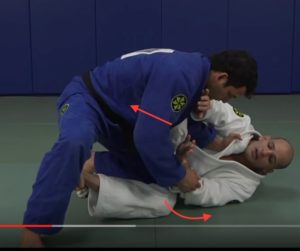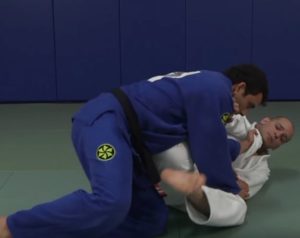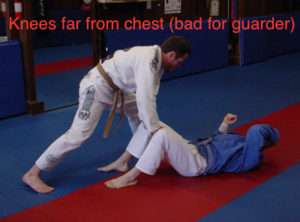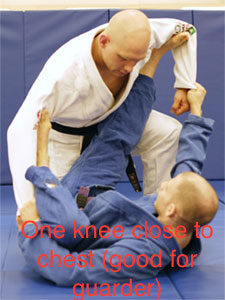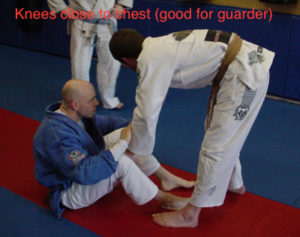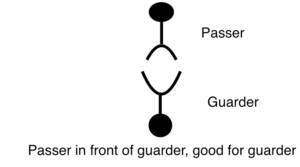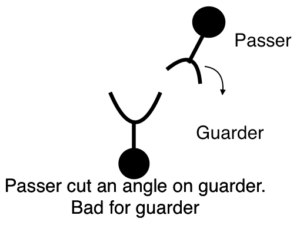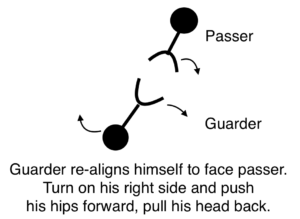I am personally a big fan of intermittent fasting mixed with flexible dieting as a method to control weight and body composition. I don’t believe in restricting the types of food I eat (e.g. no pizza or ice cream), but the overall calorie amount, as well as the amount of carbs, fat, and protein are important. This is known as flexible dieting.
Fasting
Most men prefer to eat large meals and feel full. The problem is that if you do that 3 – 5 times a day, you will quickly take in too many calories. An alternative would be to eat a lot of small meals, but in order to hit a low calorie target, that means each meal is very small and you’re never full. The better solution would be to eat 1 or 2 big meals and then eat nothing the rest of the time. At least this way, you get the feeling of being full some of the time. And fasting is not as hard as you think. If your sleep time is part of the fast, that’s about 8 hours. And in the morning if you have a black coffee or two to suppress your appetite, it’s very easy to make it to lunch without eating. Even going farther to dinner is not that hard once you’ve had a little practice. Fasting can help you to create a healthier relationship with food. If you’ve gone a day without eating before, you come to realize that nothing bad happened. It’s no big deal at all. If you refrain from eating every X hours, all your muscle isn’t going to suddenly vanish. And you can learn to tell the difference between real hunger and just eating because you’re bored or trying to repress negative emotions.
Fasting also has a lot of health benefits not directly related to fat loss. See the links below for more on this, or Google autophagy and fasting, and life extension and fasting. Fasting is NOT recommended for those who have had issues with eating disorders in the past.
Flexible dieting / IIFYM
The concept of flexible dieting / If It Fits Your Macros is that you can eat whatever types of foods you want as long as you hit a target value for overall calories, carbs, protein, and fat. The idea is to make things psychologically easier by not restricting any particular types of foods, and allowing for some cravings. Of course, portion control is important. Flexible dieting is highly compatible with fasting, because if you fall off the wagon and eat a bunch of high calorie foods one day, the next day you can just fast a little longer to make up for it.
My routine:
I eat nothing for breakfast. I drink a black coffee about an hour after waking up, and maybe another one an hour after that if I feel like it. The caffeine in the coffee helps suppress my appetite. On the weekends I make a big batch of some kind of stew or chili made with fresh vegetables, dried beans, and fresh meat. I bring a big serving of this from home to eat for lunch. I train in the evenings. Before training, I’ll have a small meal of some oatmeal or yogurt. After training I’ll have a dinner of whatever I feel like, which can include some junkier foods like ice cream, pizza, etc. I sleep well with my stomach full.
I would not recommend training fasted, but I don’t think it reduces performance as much as you might think. I’ve trained after doing a 24 hour fast and my performance was probably reduced about 5%. It’s not really that big of a deal either way. The book Eat Stop Eat mentioned below goes into more studies on this topic. Essentially the evidence shows that training after a short term fast causes a very small performance penalty. The placebo effect may cause some people to perform much worse. If you train in the morning, then maybe you could look at eating breakfast and lunch and skipping dinner for your fast.
Links
Fasting and flexible dieting both bring up a lot of questions when someone first reads about them. The links below give a much deeper introduction to all of these things and should answer your questions.
This blog post by Larry Lindenman outlines a simple evidence based approach to fat loss, which incorporates both fasting and flexible dieting. The well known trainer Dan John commented positively on this post.
http://pointdriventraining.com/2016/01/01/point-driven-fat-loss/
http://www.iifym.com/ is a good starting place for an introduction to flexible dieting.
For those who are science-minded, this is a good roundup of the evidence on intermittent fasting:
http://www.lift-heavy.com/intermittent-fasting/
Here Mark Sisson gives an easily readable layman’s introduction to the health benefits of fasting:
http://www.marksdailyapple.com/health-benefits-of-intermittent-fasting/
This is a short, free, online e-book on nutrition expert John Berardi’s experiences with different forms of IF.
http://www.precisionnutrition.com/intermittent-fasting
LeanGains is Martin Berkhan’s site. Berkhan did much to popularize the 16/8 style of fasting, where you fast every day for 16 hours (basically just not eating breakfast), and then you can eat during the remaining 8 hours.
http://www.leangains.com/
Kinobody’s approach is similar to LeanGains, but in some aspects slightly easier to follow:
https://kinobody.com/workouts-and-exercises/how-to-do-intermittent-fasting-never-get-hungry/
Brad Pilon’s book Eat Stop Eat is easy to read but thoroughly documents the science behind IF. I highly recommend checking it out. Pilon recommends a program where you go 24 hours without eating 1 -2 times per week. Compared with the 16/8 program, I found Eat Stop Eat to be a little harder to adhere to over the long term.
http://eatstopeat.com/
http://bradpilon.com/
